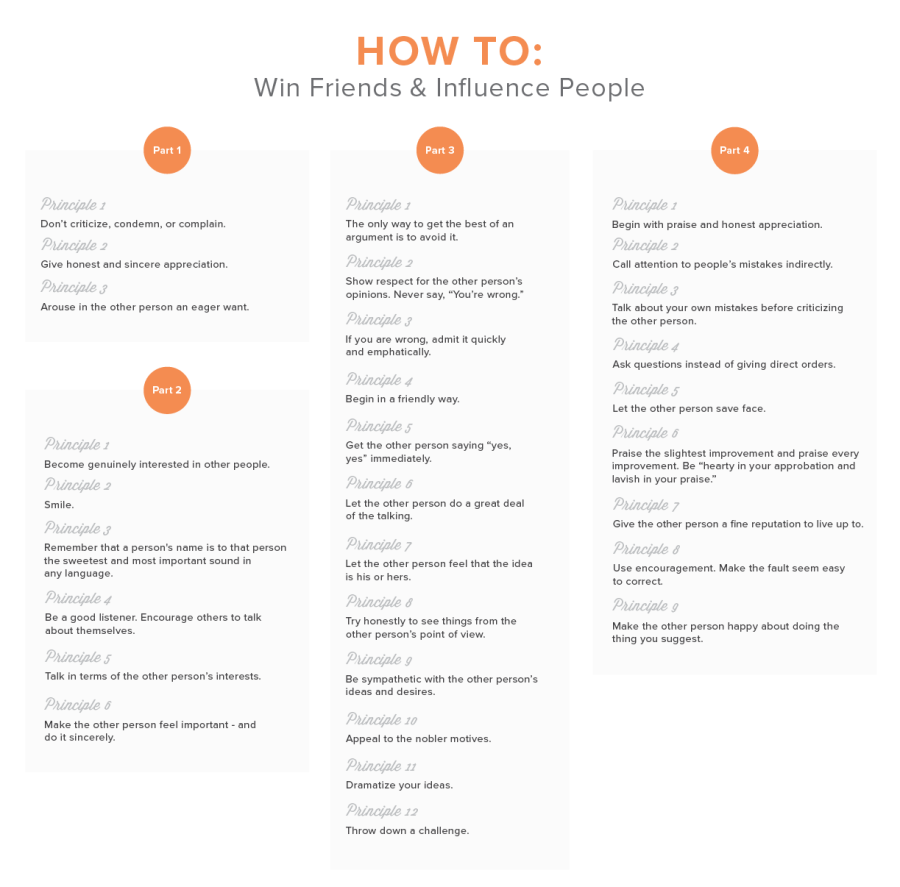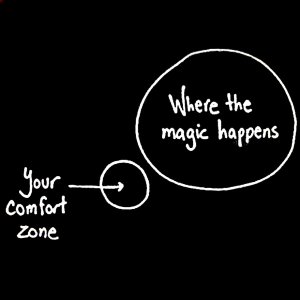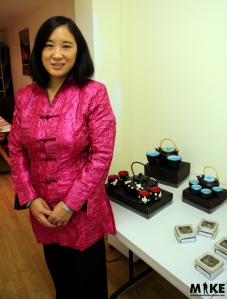I’m in the middle of buying a house. A new house requires carpets, right? So I took myself to a couple of local carpet businesses. Opposite the street were a couple of large chains, but I resisted the temptation of their large choice and huge discount signs plastered on the front. I decided I was going to support the local chap. The local chap whose shop front wasn’t as flashy and inviting as the corporates but at least they did have some signage on the main road. I walked into the showroom of the first local chap.
The presentation of the carpets were impressive. Neatly displayed, plenty of signage to tell the customer where they were made in the UK (a big plus for me); the material of the carpets, cost per square foot and other great details My parents, sister and I were greeted with a warm hello. All looking good so far!
Now I’m not a shy wall flower so I walked up to the chap and asked him so basic questions.
“I know nothing about carpets” I declared, “so I was wondering whether you could help me by telling me about the difference between this carpet (points to carpet on my left), and this carpet (points to carpet next to it)?” It wasn’t an unusual request I thought, I was certain he’d get asked that all the time. So I await with abated breath with his answer momentarily, frighted for a split second that he may say something way too technical, something that I would’t be able to understand. He is the expert right? The conversations went a little like this:
Carpet Chap (CC): Err I don’t know. I haven’t worked here for very long.
MK: Oh I see (smiles and cocks head to one side to show empathy), so how long have you worked here?
CC: About 18 months.
MK: Oh. Err. Okay (tries a different tactic). So can you tell me what your customers like? What’s your most popular carpet?
CC: Err. I’m not sure.
This goes on for quite some time, as I try to coax some useful information out of him, but to no avail, unfortunately. In the end, I asked him to give me a ball park figure on a carpet I randomly chose. He did manage to give me some calculations without using a calculator which was impressive (mental arithmetic was never my cup of tea) but we walked out of the showroom unsatisfied.
We then drove to the second local carpet business. His opening hours were clearly marked on his website (he’s got a website – big plus!) but when we got there, there was a handwritten note to say that they were out. There was no contact details on the note so we left and had to make arrangements for another trip later on in the week (cue sad face emoticon).
We returned later on in the week and this time we got lucky except that as soon as we popped in, the chap bellows “you’ve got 15 minutes before we close”. What happened to the “hello, how are you today? Just letting you know we’re closing in 15 minutes?” When I explained to him that we were wanting to carpet a whole house, his demeanour suddenly changed. He put on a smile, walked towards us as he proceeded with a few pleasantries. I was almost expecting him to roll the red carpet out and make me a cup of tea!
The show room was a mess though. It was full of clutter and difficult for wannabe customers to walk around to touch the carpets, but I did forgive him when I asked the owner the same questions, I had asked the first local guy I visited. The owner of this second local business was full of knowledge and answered my questions in layman’s terms and so I left the place walking on cloud nine compared to the other place.
Knowledge is key and I suspect that the guy from the first shop was obviously not the owner, but that doesn’t excuse him either. Staff are an extension of your business and your brand, and if you can’t invest in training your staff, this will reflect badly on your business. It will leave wannabe customers unsatisfied as I was. Before I went into business, I had a fulfilling career in Training and took pride in training my TEAm so that they could deliver training programmes to our clients.
When the first chap said he hadn’t been working in the business for very long, I could’ve forgiven him but 18 months is taking it a little too far. Training your staff is so important. First impressions of your business is extremely important and lack of knowledge is certainly not going to win you brownie points. First impressions is extremely important for both bricks and mortar and online businesses but I will be talking about mayking first impressions count online in a later blog post.
The first showroom was neat, product information prominently displayed. Key features were highlighted on some brands and when you walked into the showroom, it was easy for customers to walk around. The second showroom was, by contrast, cluttered, customers faced roadblocks throughout the showroom with carpet samples strewn across the floor, mayking it challenging for customers to walk around the place. The owner was at the shop however, and despite the initial grunt, he was eventually courteous to me when he realised I was serious about buying carpets. My own demeanour went from narked, to happy and back to being narked because of a lack of a followup but I’ll leave that for another blog post.
Do you have any great experiences or bad experiences of a local business to share? I would love to hear from you in the comments below, but just leave the name of the local business out. I don’t like to name and shame here.














